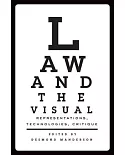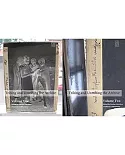In 1971, a hopeful young art teacher drove the long, lonely road from Alice Springs to the Aboriginal outpost settlement at Papunya. His name was Geoffrey Bardon. Eighteen months later, he left
Papunya, defeated by a hostile white authority. But his legacy was the beginnings of the Western Desert Painting Movement and the inspiration for this account of Bardon's experiences and the
art of Papunya.
What started as an exercise to encourage the Aboriginal school children to record their sand patterns and games grew to involve, at the peak of creativity, as many as thirty tribal men and
elders. With Bardon's encouragement, these men worked to preserve their traditional Dreamings and stories in paint. The artistic movement unleashed at Papunya spread over Central Australia and
has since achieved international acclaim.
Papunya: A Place Made After the Story is a first-hand account of the artists and the works emanating from Papunya. Bardon's recorded notes and drawings are here reproduced showing his extensive
documentation of the early stages of the painting movement. This book features more than 500 paintings, drawings and photographs from Bardon's personal archive. Many of the images have never
been seen before and many of the paintings are now lost. The publication of this material is an unprecedented achievement, and Bardon can now be seen as the catalyst he was for a powerfully
modern expression of an ancient indigenous way of seeing the world.





















